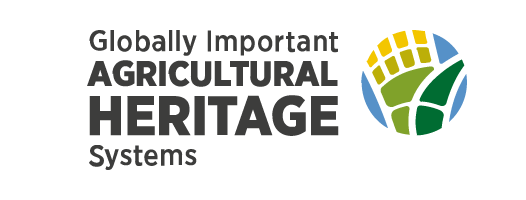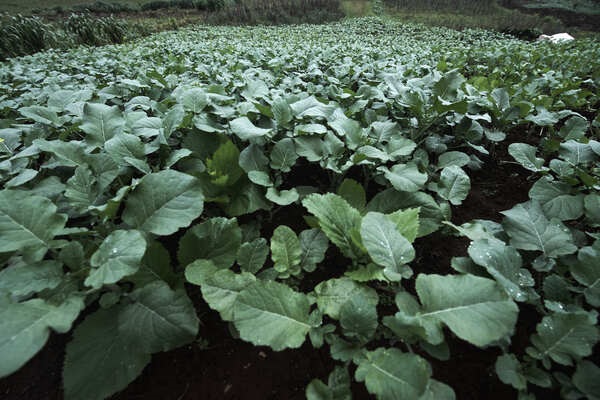Photos
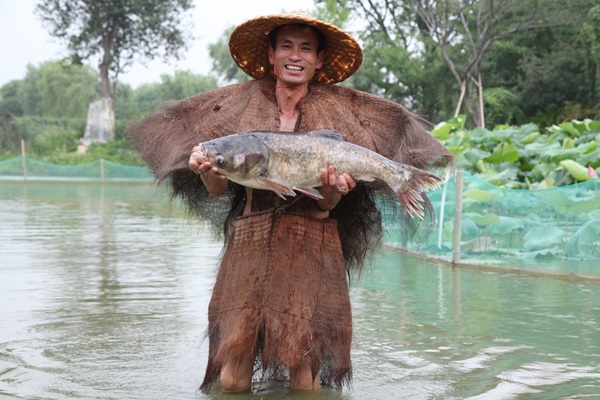
Flickr Album: Zhejiang Huzhou Mulberry-dyke & Fish-pond System, China
30/07/2013
Zhejiang Huzhou Mulberry-dyke & Fish-pond System originated more than 2500 years ago and includes many traditional and agroecological knowledge. It includes the cultivation of mulberry-dyke trees, silk rearing, fish cultivation and is based on a very complex irrigation and drainage system.
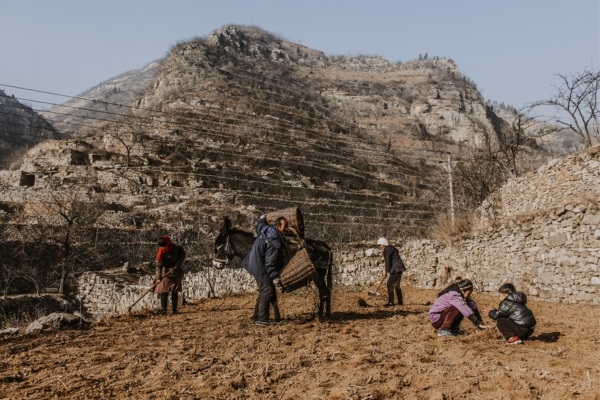
Flickr Album: Shexian Dryland Stone Terraced System, China
30/07/2013
Shexian Dryland Stone Terraced System is a rain-fed agricultural system located on the mountains and developed thank to local communities’ adaptation with the harsh environment.
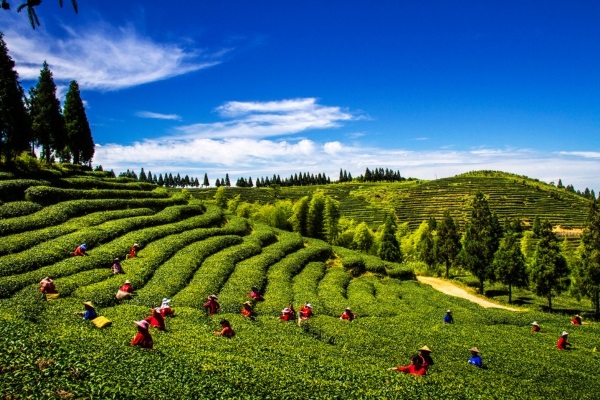
Flickr Album: Jasmine and Tea Culture System of Fuzhou City, China
30/07/2013
Fuzhou, China. Fuzhou, the capital city of Fujian Province, is located in southeast coastal China. The city is built at a river basin and surrounded by mountains. The climate is mild, rainfall is abundant and the difference between day and night temperatures creates favorable conditions for jasmines to grow.
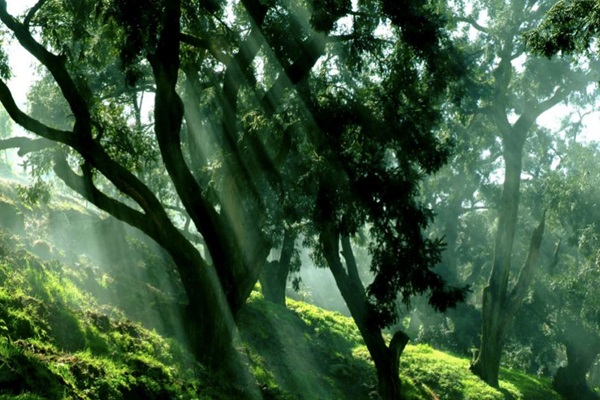
Flickr Album: Kuaijishan Ancient Chinese Torreya, China
15/07/2013
With more than 2000 years of history, the Kuaijishan Community developed the application of ancient grafting and artificial selection techniques in ancient China, making it a rare "living fossil". The ancient Chinese Torreya trees, some of which are more than 1000 years old, form a spectacular landscape merged with the traditional villages, abundant streams, and mountains.
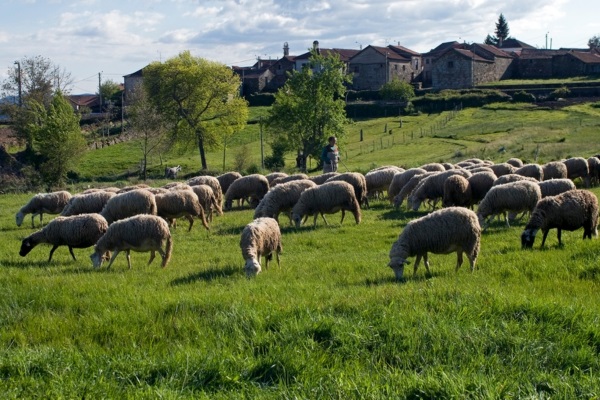
Flickr Album: Barroso Agro-Sylvo-Pastoral System
01/02/2013
With human occupation for thousands of years, this area of Northern Portugal presents today a pattern of land occupation marked by human activity for agriculture, forestry and grazing, while a number of very significant and relatively intact environmental areas are still found.

Flickr Album: Olive Groves of the Slopes between Assisi and Spoleto, Italy
01/02/2013
This agricultural system in mainly based on a traditional terraces system management allowing to grow olive trees. In addition, several main tasks from planting to the harvest has allowed the farmers to produce high quality olive oil in a sustainable way for centuries.
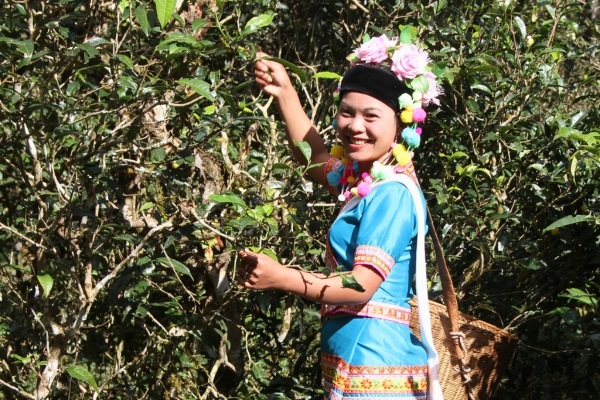
Flickr Album: Pu’er Traditional Tea Agrosystem, China
04/11/2012
Yunnan province (China) is considered the world's provenance of tea trees. Located at the starting point of the Ancient Tea-Horse Route, it is an important node in tea culture dissemination. It’s also the province that boasts the largest area of wild tea tree communities and ancient tea plantations with the largest amount of old tea trees and wild tea trees.
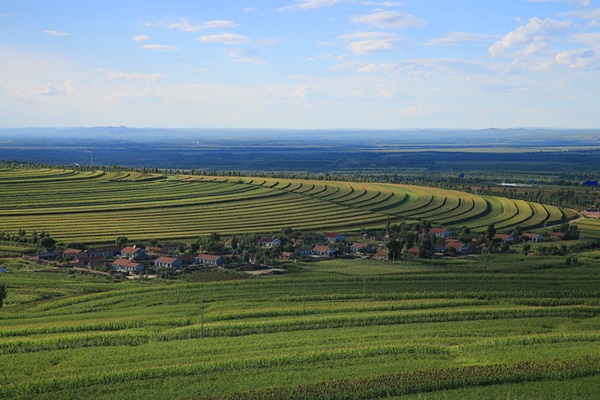
Flickr Album: Aohan Dryland Farming System, China
30/08/2012
Foxtail millet and broomcorn millet are two of the most common crops found in the district. Foxtail millet is not only important to dryland farming, but has features that contribute to economic development of the system as a whole. These crops play a significant role, as they are the main crops for disaster relief in the dry farming area of Northern China.

Flickr Album: Ifugao Rice Terraces
01/10/2011
However, the rice terraces are now in a very critical stage of deterioration and do not allow the local communities to overcome the poverty line. The continued survival of the terraces is threatened by various factors such as environmental degradation, unregulated development and neglect brought about by urbanization and changing values.
.tmb-th600x400.jpg?Culture=en&sfvrsn=e3f14b95_3)
Flickr Album: Republic of Korea - Traditional Hadong Tea Agrosystem in Hwagae-myeon
01/10/2011
Apr 2019. Hadong, Korea. According to traditional tea agriculture practices in Hadong, tea leaves must be handpicked. To carry out this job , the locals formed a “service exchange group”, a cooperative community of residents that ensures enough labour and maintains the traditional methods of tea farming.
.tmb-th600x400.jpg?Culture=en&sfvrsn=4cdd4efe_3)
Flickr Album: Geumsan Traditional Ginseng Agricultural System, Republic of Korea
01/10/2011
Geumsan traditional ginseng agricultural system is a very important agricultural heritage. It represents the culture, long history and traditions of Korea.
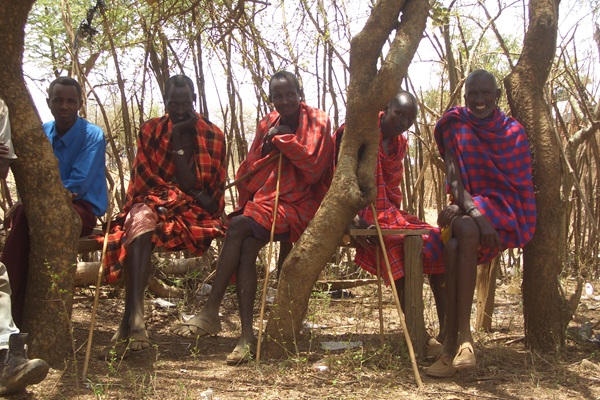
Flickr Album: Engaresero Maasai Pastoralist Heritage Area, Tanzania
08/09/2011
In Northern Tanzania, Maasai have developed an agro pastoral system for centuries. Despite the scarce water and grazing land availability, Maasai have succeeded in adapting their systems to this area satisfying their needs and evolving with the cities nearby. Strongly linked to wildlife this agro pastoral system is not competing with it but functioning in synergy.
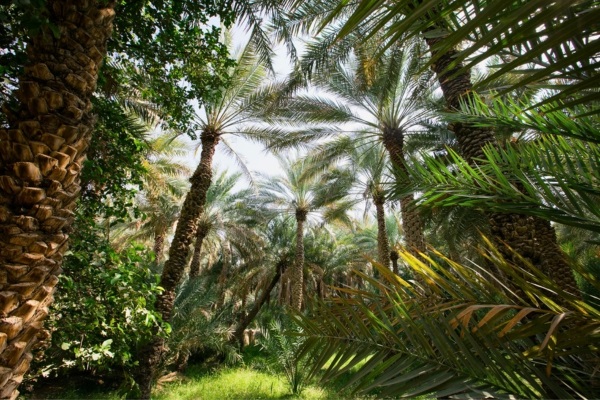
Flickr Album: Al Ain and Liwa Historical Date Palm Oases, United Arab Emirates
08/09/2011
Al Ain and Liwa historical date palm oases are part of the agricultural heritage of the country. They constitute as globally significant in-situ repositories of date palm genetic resources, and are home to ancient falaj irrigation systems, which bear testimony to human agricultural and technological ingenuity in hard environmental conditions.
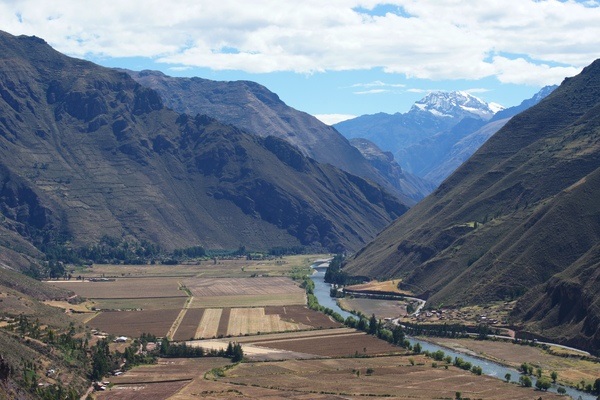
Flickr Album: Andean Agriculture, Peru
08/09/2011
Andean agriculture is one of the best examples of the adaptation and knowledge of farmers to their environment for more than 5000 years. Actual presence of indigenous agricultural knowledge includes terraces, ridges fields, local irrigation systems and traditional agricultural tools, crops and livestock spread at different altitudes.
f407924d-916a-4c60-95da-3318b89c0394.tmb-th600x400.jpg?Culture=en&sfvrsn=d56e8f6d_1)
Flickr Album: Gafsa Oases, Tunisia
08/09/2011
The Gafsa oasis is a green area situated in the dry lands of Tunisia. Growing plants has been made possible thanks to the ground water resources and the local communities’ knowledge. These landscapes have been shaped for centuries and have created the historical oasis.
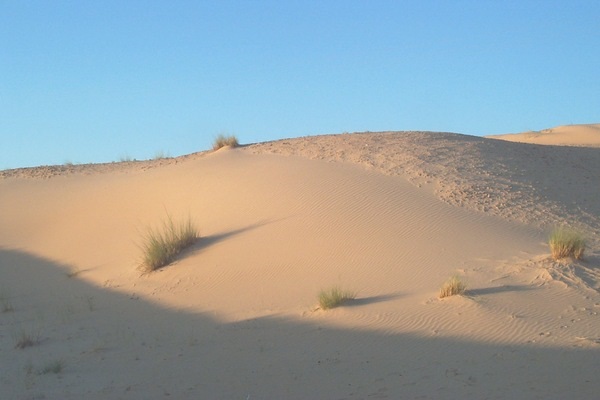
Flickr Album: Ghout Oasis system El Oued, Algeria
08/09/2011
In the desert of Algeria, local communities have had to face dry and hot climatic conditions. Thanks to the groundwater deep into the soil, farmers have succeeded in finding dunes and water management to use and conserve it. This is how they have created the ghout system allowing them to grow food plants and livestock from the 15th century.

Flickr Album: Dong’s Rice Fish Duck System, China
04/08/2011
The Rice-Fish-Duck system has a long history with strong local and folk characteristics in Congjiang county. It is a unique mode of production and land use by Dong people on the basis of long-term exploration under the limited natural condition.
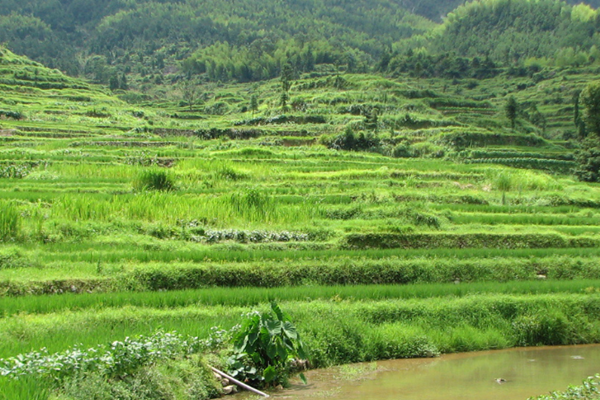
Flickr Album: Rice Fish Culture, China
26/07/2011
In Asia fish farming in wet rice fields has a long history. A Chinese clay plate dating to the Han Dynasty 2000 years ago shows a fish swimming from its pond into a rice field.
.tmb-th600x400.jpg?Culture=en&sfvrsn=b4559b6d_3)
Flickr Album: Nishi-Awa Steep Slope Land Agriculture System, Japan
24/07/2011
Agriculture in this area is characterized by a land management system that utilizes mountain slopes with versatility. It is currently supported by small-scale farmers comprising mainly women and elderly people. Although the area of cultivation per farm is small, a large variety of grains and vegetables are grown.

